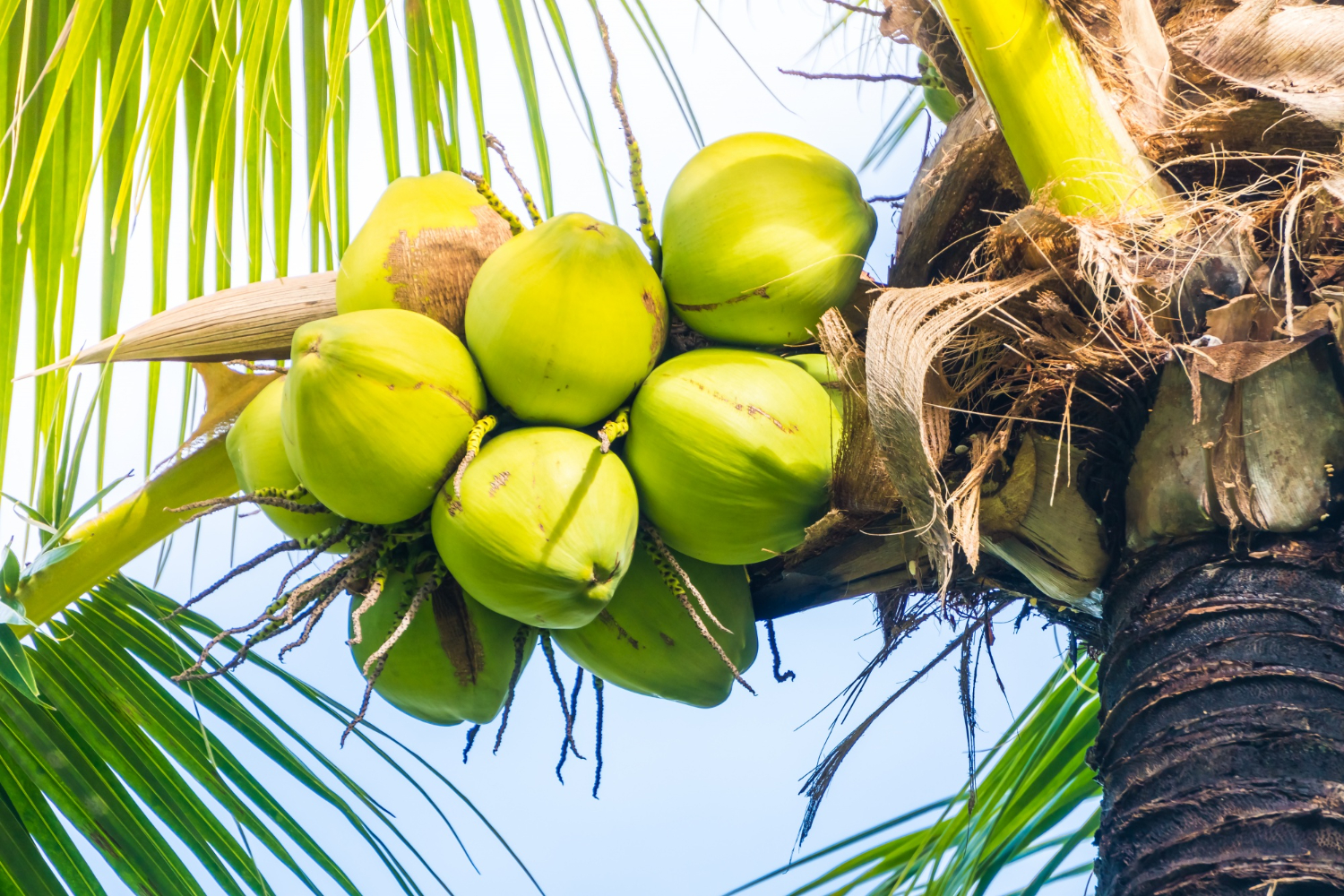National Horticulture Mission (NHM)
The National Horticulture Mission (NHM) is an Indian horticulture scheme promoted by the Government of India. It was launched under the 10th five-year plan in the year 2005-06.
The objective of the Scheme is to promote the holistic growth of the horticulture sector, which includes fruits, vegetables, cashew and cocoa, mushrooms, spices, flowers, aromatic plants, and root and tuber crops.
OBJECTIVES
The main goals of the NHM are to maximize the state’s horticultural potential and increase production of all horticultural goods (fruits, vegetables, flowers, coco, cashew nuts, plantation crops, spices, and fragrant medicinal plants) within the state. Additional goals include of:
- To promote the horticulture industry’s overall growth through area-based, regionally distinct methods.
- To improve horticultural output, boost farm households’ income support and nutritional security.
- To create convergence and coordination between several ongoing and upcoming horticultural development programs.
- To promote, develop, and spread innovations by skillfully fusing traditional knowledge with innovative scientific understanding.
- To generate employment possibilities for both skilled and unskilled workers, particularly young people without jobs.
FUNDING AND IMPLEMENTATION
- Funding: The Government of India contributes 85%, while 15% is contributed by state governments
- Implementation: The Scheme will be implemented in all States and Union Territories, with the exception of North Eastern States, which include Sikkim, Himachal Pradesh, Jammu & Kashmir, and Uttarakhand. For these states, a separate Technology Mission for Integrated Development of Horticulture exists.
SCHEMES UNDER NHB:
- Development of commercial Horticulture through Production and Post-Harvest Management.
- Capital Investment Subsidy for Construction / Modernization Expansion of Cold Storage and Storage’s for Horticulture Produce.
- Technology Development and Transfer for Promotion of Horticulture
- Market Information Services for Horticulture Crops
- Horticulture Promotion Services (including terms of reference for Techno-economic Feasibility Study)
COMPONENTS
- Area Expansion: The initiative encourages farmers to expand their horticultural crop cultivation and provides assistance for planting materials and inputs.
- Horticulture Development in Identified Districts: The focus is on specific districts for intensive horticulture development, with comprehensive support for infrastructure, technology, and marketing.
- Research and Development: Promoting research and development in horticulture, supporting innovative technologies, and practices.
- Marketing Infrastructure: establishing market infrastructure such as cold storages and pack houses, and promoting market linkages for farmers.
- Post-Harvest Management: Enhancing post-harvest facilities for handling, storage, and processing can help reduce post-harvest losses.
Application Process
Eligibility
All farmers registered societies / state governments are eligible for the scheme
ACHIEVEMENTS
- The NHM has contributed significantly to the growth of the horticulture sector in India.
- It has led to increased production, productivity, and income of horticulture farmers.
- Improved infrastructure and market linkages have facilitated better market access and price realization for farmers.
Benefits
Documents Required
National Horticulture Mission (NHM)
-
NHM
- Objectives
- Funding
- Components
- Eligibility
- Process
- Achievements
- Benefits
- Documents
The National Horticulture Mission (NHM) is an Indian horticulture scheme promoted by the Government of India. It was launched under the 10th five-year plan in the year 2005-06.
The objective of the Scheme is to promote the holistic growth of the horticulture sector, which includes fruits, vegetables, cashew and cocoa, mushrooms, spices, flowers, aromatic plants, and root and tuber crops.
The main goals of the NHM are to maximize the state’s horticultural potential and increase production of all horticultural goods (fruits, vegetables, flowers, coco, cashew nuts, plantation crops, spices, and fragrant medicinal plants) within the state. Additional goals include of:
- To promote the horticulture industry’s overall growth through area-based, regionally distinct methods.
- To improve horticultural output, boost farm households’ income support and nutritional security.
- To create convergence and coordination between several ongoing and upcoming horticultural development programs.
- To promote, develop, and spread innovations by skillfully fusing traditional knowledge with innovative scientific understanding.
- To generate employment possibilities for both skilled and unskilled workers, particularly young people without jobs.
- Funding: The Government of India contributes 85%, while 15% is contributed by state governments
- Implementation: The Scheme will be implemented in all States and Union Territories, with the exception of North Eastern States, which include Sikkim, Himachal Pradesh, Jammu & Kashmir, and Uttarakhand. For these states, a separate Technology Mission for Integrated Development of Horticulture exists.
- Area Expansion: The initiative encourages farmers to expand their horticultural crop cultivation and provides assistance for planting materials and inputs.
- Horticulture Development in Identified Districts: The focus is on specific districts for intensive horticulture development, with comprehensive support for infrastructure, technology, and marketing.
- Research and Development: Promoting research and development in horticulture, supporting innovative technologies, and practices.
- Marketing Infrastructure: establishing market infrastructure such as cold storages and pack houses, and promoting market linkages for farmers.
- Post-Harvest Management: Enhancing post-harvest facilities for handling, storage, and processing can help reduce post-harvest losses.
All farmers registered societies / state governments are eligible for the scheme
- The NHM has contributed significantly to the growth of the horticulture sector in India.
- It has led to increased production, productivity, and income of horticulture farmers.
- Improved infrastructure and market linkages have facilitated better market access and price realization for farmers.








